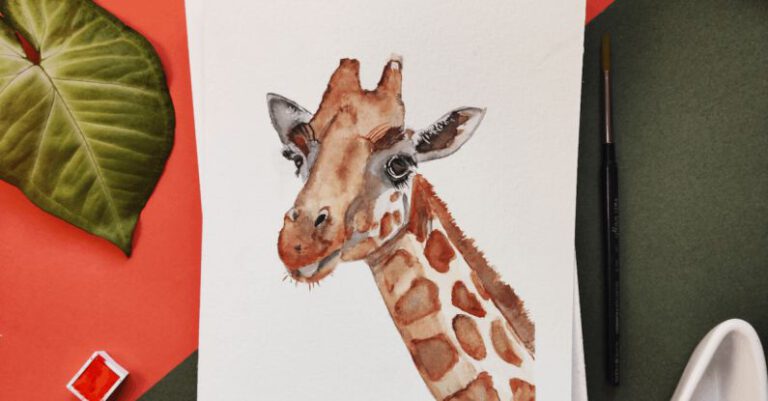
Depression is a mental health condition that affects millions of people worldwide. It is a complex disorder that can manifest in various forms, each with its own set of symptoms and characteristics. Understanding the different types of depression is crucial in recognizing the signs, seeking appropriate treatment, and providing support to those affected. In this article, we will explore the various types of depression and their unique features.
Major Depressive Disorder (MDD)
Major Depressive Disorder, also known as clinical depression, is one of the most common types of depression. Individuals with MDD experience persistent feelings of sadness, hopelessness, and loss of interest in activities they once enjoyed. Symptoms of MDD can significantly impact a person’s daily life, including their work, relationships, and overall well-being. It is essential to seek professional help if you or someone you know is experiencing symptoms of MDD.
Persistent Depressive Disorder (PDD)
Persistent Depressive Disorder, formerly known as dysthymia, is a chronic form of depression that lasts for two years or longer. While the symptoms of PDD may not be as severe as those of MDD, they can still have a significant impact on a person’s quality of life. Individuals with PDD may experience feelings of sadness, low self-esteem, and a lack of energy on most days. It is important to seek treatment for PDD to prevent it from worsening over time.
Bipolar Disorder
Bipolar Disorder is a mood disorder characterized by extreme mood swings that alternate between periods of mania and depression. During manic episodes, individuals may feel euphoric, energetic, and impulsive, while depressive episodes are marked by intense sadness and hopelessness. Bipolar Disorder can be challenging to diagnose and manage, but with the right treatment, individuals can lead fulfilling lives.
Seasonal Affective Disorder (SAD)
Seasonal Affective Disorder is a type of depression that occurs seasonally, typically during the winter months when there is less natural sunlight. Symptoms of SAD may include fatigue, weight gain, social withdrawal, and difficulty concentrating. Light therapy, psychotherapy, and medication are common treatments for SAD, helping individuals cope with the seasonal changes in their mood.
Postpartum Depression
Postpartum Depression is a type of depression that affects new mothers within the first year after giving birth. Symptoms of postpartum depression may include feelings of sadness, anxiety, irritability, and difficulty bonding with the baby. It is essential for new mothers to seek help and support from healthcare professionals, as untreated postpartum depression can have serious consequences for both the mother and the baby.
Psychotic Depression
Psychotic Depression is a severe form of depression that is accompanied by psychotic symptoms, such as delusions or hallucinations. Individuals with psychotic depression may have difficulty distinguishing between what is real and what is not, making it challenging to function in everyday life. Treatment for psychotic depression often involves a combination of medication and therapy to address both the depressive symptoms and the psychotic features.
Conclusion
Depression is a complex and multifaceted mental health condition that can manifest in various forms. By understanding the different types of depression and their unique characteristics, individuals can seek appropriate treatment and support to manage their symptoms effectively. If you or someone you know is experiencing symptoms of depression, it is essential to reach out to a healthcare professional for help. Remember, you are not alone, and there is support available to help you navigate through this challenging time.





